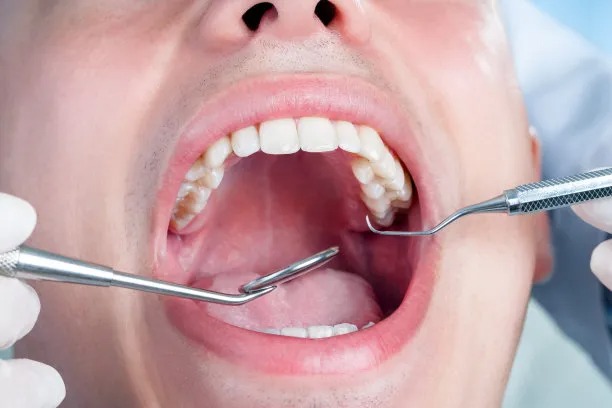The Essential Guide to Extracting a Tooth Successfully and Minimizing Pain During the Procedure
Summary: This comprehensive guide outlines the essential steps for successfully extracting a tooth while minimizing pain throughout the procedure. It addresses the importance of proper preparation, the various techniques for anesthesia, the effective use of tools during extraction, and the crucial aftercare measures that can help reduce discomfort and promote healing. With a focus on patient comfort and safety, this guide serves as a valuable resource for individuals considering tooth extraction, providing insights from dental professionals to ensure a smooth experience.
1. Importance of Proper Preparation

Before any tooth extraction, proper preparation is vital for ensuring both the effectiveness and safety of the procedure. This involves an initial consultation with a dentist who will assess the patients dental health history, identifying any potential issues that could complicate the extraction. Knowledge of the patients current medications, allergies, or conditions such as heart disease can influence the approach taken during the extraction.
Furthermore, patients should be informed about what to expect during the procedure. This includes discussing the different types of anesthesia that may be used and the step-by-step process of the extraction. By educating patients, dental professionals can alleviate feelings of anxiety and fear, which is crucial for a successful outcome.
Finally, establishing a clear understanding of what postoperative care looks like will also help ease any concerns. Providing detailed instructions on aftercare and recovery can prepare patients mentally and emotionally, enhancing their overall experience during and after the tooth extraction.
2. Techniques for Administering Anesthesia
Minimizing pain during a tooth extraction largely depends on the effective administration of anesthesia. There are several types of anesthetics that dentists can utilize, which fall into categories such as local anesthetics, sedation, and general anesthesia. Local anesthetics are most commonly used for simple extractions, numbing just the area around the tooth to be removed.
In cases where patients may experience significant anxiety or discomfort, sedation methods may be recommended. Sedatives allow patients to remain relaxed throughout the procedure. This includes oral sedatives or nitrous oxide, which can help calm nerves while still keeping the patient conscious.
For complex extractions, such as surgical removals or those involving impacted teeth, general anesthesia may be indicated. This type induces a state of unconsciousness, ensuring that the patient feels no pain or discomfort throughout the procedure. Ultimately, the type of anesthesia used will depend on various factors, including the complexity of the extraction and the patients medical history.
3. Effective Use of Tools During the Extraction
The tools employed during a tooth extraction play a significant role in the effectiveness of the procedure. Dentists rely on a variety of instruments, such as forceps, elevators, and scalpel blades, each designed for specific functions. Properly utilizing these tools can facilitate a smoother extraction process, minimizing trauma to surrounding tissue.
Forceps are primarily used to grasp and remove the tooth, while elevators help in loosening it from the socket by gently rocking the tooth back and forth. Selecting the appropriate tool and using it skillfully can also reduce the time needed for an extraction, which in turn may decrease potential discomfort for the patient.
The technique applied during the extraction is equally important. Dentists are trained to use controlled and precise movements, ensuring that excessive force is not applied, which can lead to unnecessary pain and complications. A gentle yet firm approach significantly enhances both the extraction experience and the recovery process.
4. Postoperative Care for Pain Management
After a tooth extraction, proper postoperative care is essential to minimize pain and promote healing. Dentists usually provide patients with instructions on how to manage pain and swelling. The application of ice packs to the outside of the cheek can significantly alleviate swelling in the initial hours following the extraction.
Furthermore, taking prescribed pain medications or over-the-counter pain relievers as directed is crucial. These medications should be taken before the anesthesia wears off to maintain a consistent pain management strategy. Patients are also advised to avoid strenuous activities and to rest during the initial recovery phase, allowing the body to heal properly.
Lastly, monitoring for any signs of complications, such as excessive bleeding or infection, is vital. If severe symptoms arise, contacting the dentist immediately can prevent further issues and aid in effective recovery.
Summary:
This guide provides essential information on tooth extraction, emphasizing the significance of proper preparation, effective anesthesia techniques, skilled tool use, and crucial postoperative care. By focusing on these aspects, patients can experience a less painful and more successful tooth extraction process.
This article is compiled by Vickong Dental and the content is for reference only.



